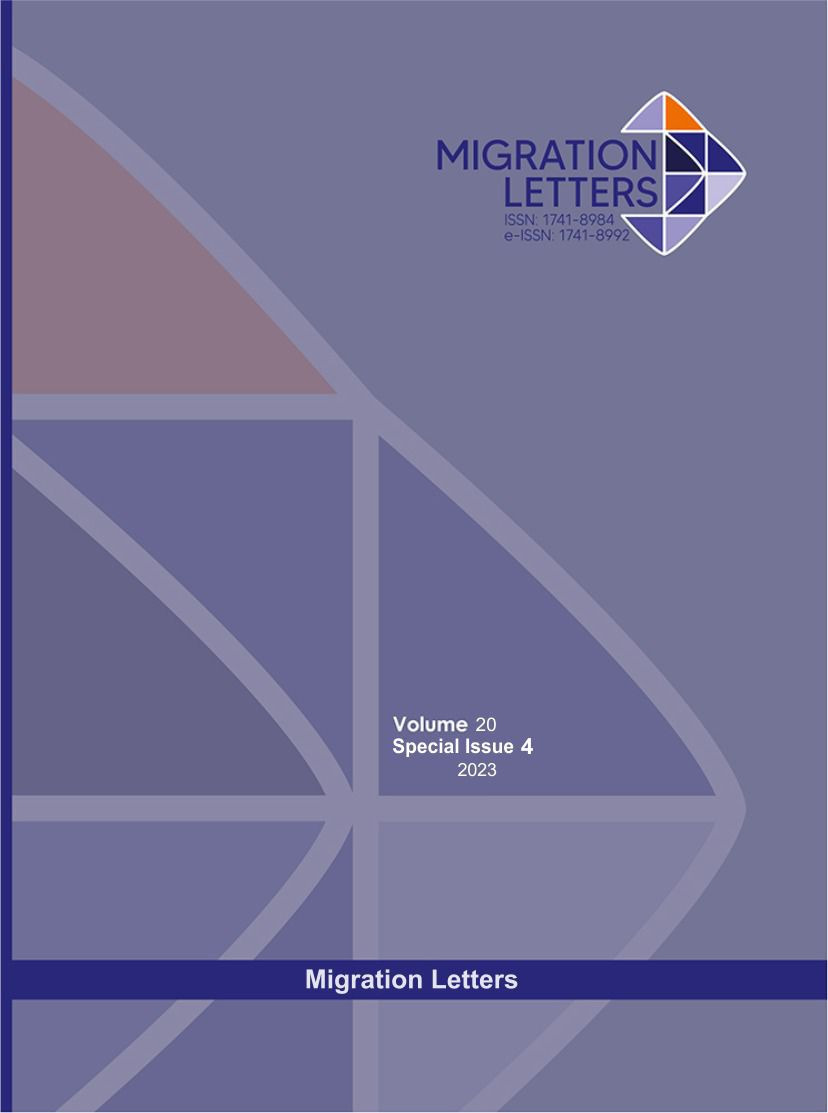Prophetic Ḥadīths Didcussing Ath-Thuffāʾ (i.e., cress): A Critical Analytical Study
DOI:
https://doi.org/10.59670/ml.v20iS4.3913Abstract
This research studies what was cited in the Prophetic Sunnah about Ath-Thuffāʾ, that is called in Arabic Ḥabbur-Rashād; Lepidium sativum i.e., garden cress. In fact, there are Four Ḥadīths mentioned about Ath-Thuffāʾ and all are classified under weakness. The first two Ḥadīths narrated by Ibn ʿAbbās and Abū Hurayrah, may Allah be pleased with them, are considered severely weak and cannot be reinforced. The other two Ḥadīths narrated by Jābir ibn ʿAbdullāh and Qays ibn Rāfiʿ, may Allāh be pleased with them, are considered slightly weak, yet may reinforce each other's meaning. Such narrations indicate that there is a basis for the treatment with Ath-Thuffāʾ, and that it was among what has been mentioned to cure [by the Prophet]. It has been shown that early people were familiar with the benefits of this plant in curing several diseases. Some recent scientific studies have proven that it has strong effects on blood sugar “glycemia” and that it treats renal fibrosis. Ath-Thuffāʾ consists of anti-inflammatory elements, that is why it helps in stopping osteoporosis complications. In addition, it has antioxidant and antibacterial properties. Such studies recommend having Ath-Thuffāʾ as part of the daily diet.
Metrics
Downloads
Published
How to Cite
Issue
Section
License

This work is licensed under a Creative Commons Attribution-NonCommercial-NoDerivatives 4.0 International License.
CC Attribution-NonCommercial-NoDerivatives 4.0






